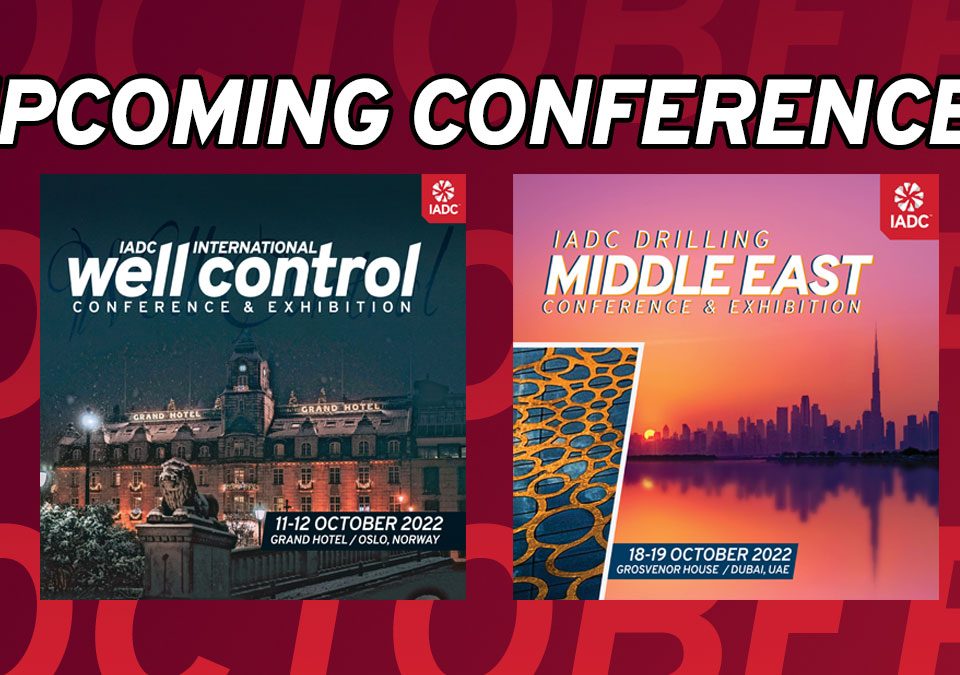That Sneaky Gas: Carbon Monoxide
That Sneaky Gas: Carbon Monoxide
Talk of poor ventilation brings to mind thoughts of a stuffy closet or a spare room or attic that has been sealed up tightly for a period of time. We think of the stale air and of how difficult it is to breathe. When we hear about someone being poisoned, a lot of us think of snakebite, insecticides, or spoiled food.
There’s a poison, however, that is far more common and more dangerous than the ones we think of, and its effectiveness is closely concerned with ventilation. This poison is carbon monoxide, and if you own a car, it travels with you wherever you drive.
Twice a year, climatic conditions force us to readjust our thoughts and habits. The crisp, invigorating winter weather brings its own hazards. One of the most deadly is the DANGER OF CARBON MONOXIDE GAS.
Now that cars and buildings require heat, we are continually thrown into contact with this insidious gas. Carbon monoxide will be formed wherever coal, oil, coke, wood, gasoline, and similar fuels are burned in the absence of sufficient oxygen.
Carbon monoxide (CO) is dangerous because it sickens and kills by cutting off the oxygen supply from the body’s tissues. Ordinarily the oxygen you breathe is carried from your lungs by the red cells of your blood to all parts of your body. This combination with the red cells is very important, for just breathing oxygen into one’s lungs is not enough to maintain life. The oxygen must combine with the blood’s red cells and circulate through the blood stream and be carried to all parts of the body. If it does not, your life will be threatened.
CO can combine with red cells 200 times easier than oxygen. When oxygen and sizable amounts of CO are breathed in together, the CO displaces the oxygen. Then you become ill and if oxygen is completely cut off, you may even die.
Another danger is excessive warmth and lack of proper ventilation in an automobile. It has long been suspected that poor or no ventilation is a factor in many auto accidents. There are several ways in which inadequate ventilation can contribute to an accident: carbon monoxide may seep into the car; warmth from the heater and body heat can steam up windows and obscure the driver’s vision; in poorly ventilated autos excessive tobacco smoke can deposit a film on windows and thus cut down visibility; and drowsiness, the driver’s old nemesis, is usually found in very warm cars and where driving is done at night on monotonous stretches of road.
Carbon monoxide is colorless and tasteless, and has no odor except when it is strong enough to be fatal almost instantly. When you feel a clamp on your forehead… hear the bells tolling… feel a sledge tapping your head and butterflies in your stomach… think the lights are dimming… get out into the open QUICK — they’re symptoms, brother!



